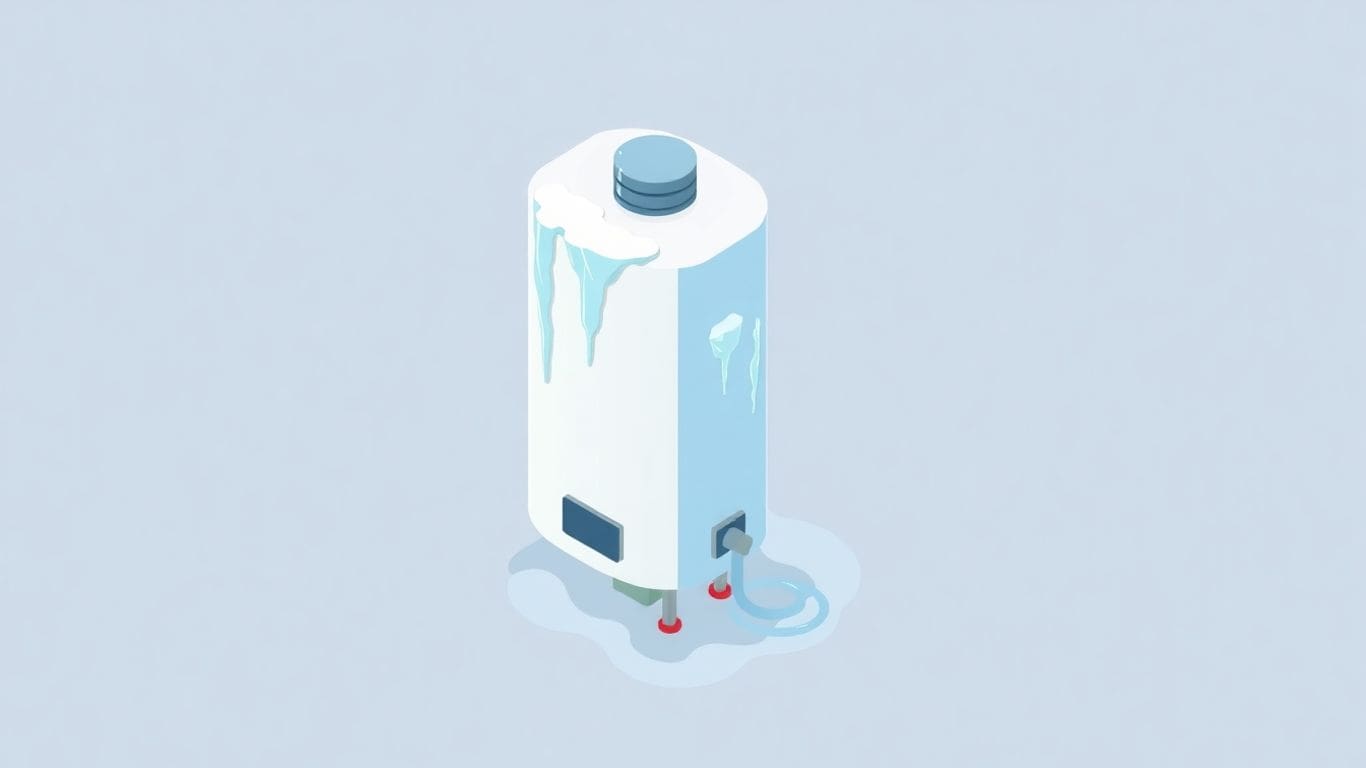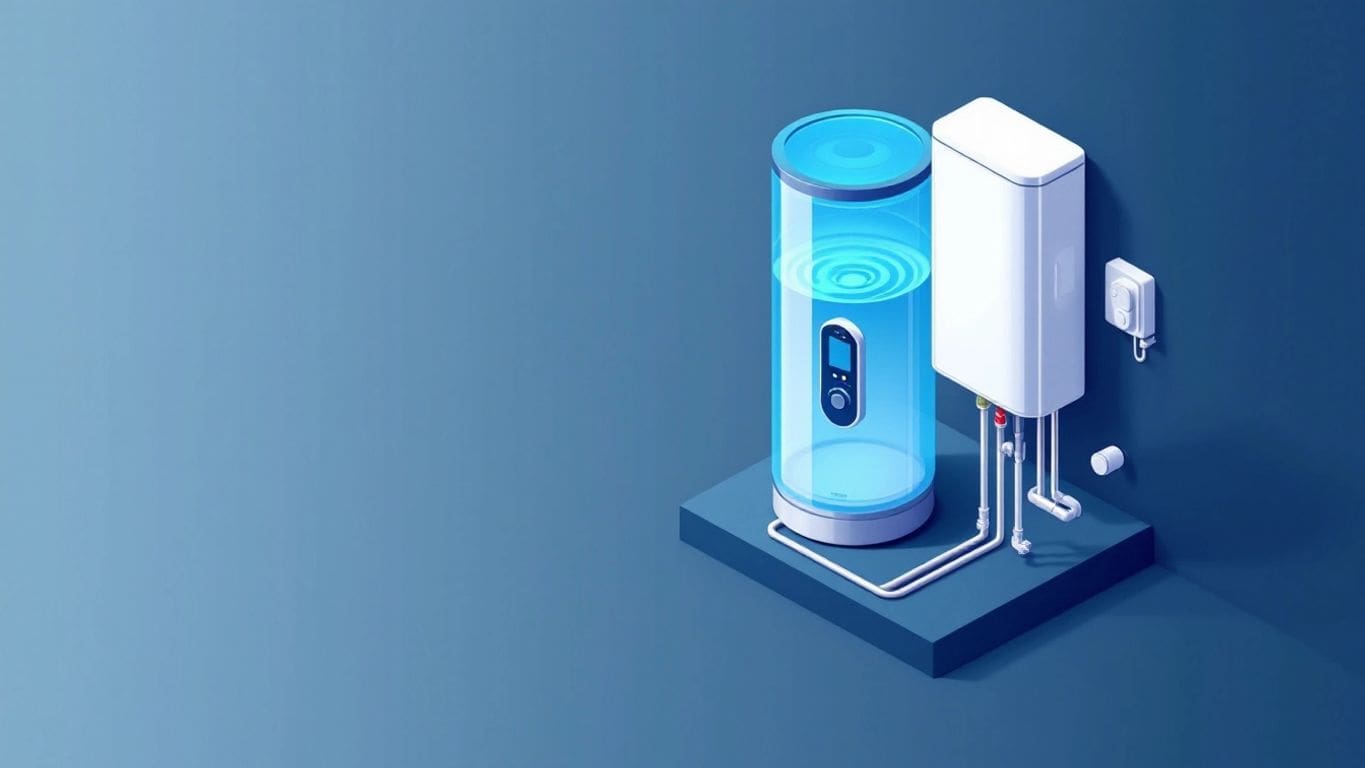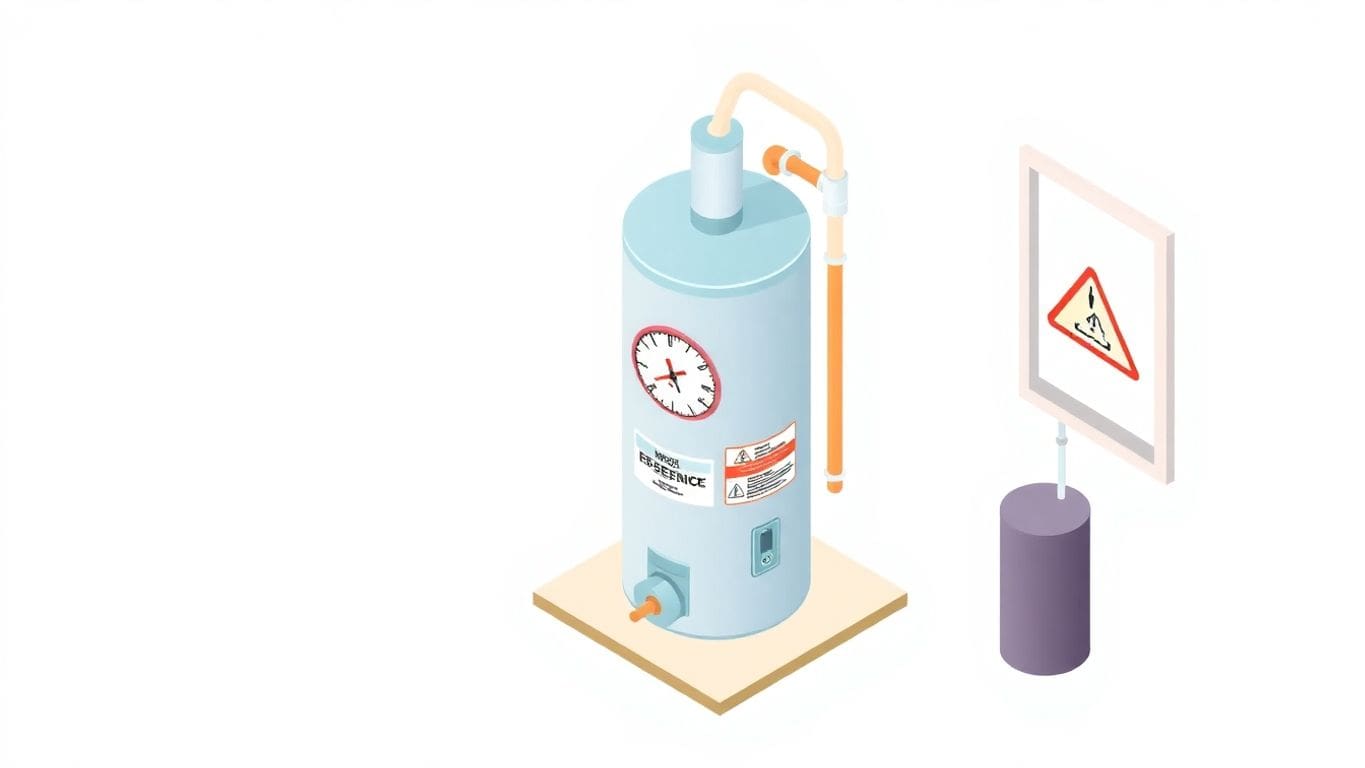
Ever thought about swapping out your old water heater yourself? It’s a tempting idea, especially when you consider saving some bucks. But before you dive into the world of DIY, it’s important to know what you’re getting into. Water heater installation isn’t just about plugging in a new appliance. It involves water, gas, or electrical connections, and if not done right, it can lead to some serious problems. This guide will help you figure out if you should tackle this project yourself or call in a pro.
When you’re thinking about getting a new water heater, it’s good to know the different types you can choose from. Water heaters come in a few main styles: tank, tankless, and heat pump.
Choosing the right type depends on your home size, budget, and how much hot water your family uses.
A water heater might seem like a big, mysterious machine, but it’s made of a few key parts. Here’s what you’ll find:
Knowing these parts can help you understand how your heater works and what might go wrong.
A water heater’s job is simple: heat water. But how it does this can vary. In a tank model, cold water enters at the bottom and is heated by a burner or element. The hot water rises to the top, ready for use when you turn on the tap.
Tankless heaters work a bit differently. They heat water directly as it flows through the unit, which means you get hot water on demand without waiting.
Understanding how your water heater works can make troubleshooting easier. If you know the basics, you can spot problems faster and maybe even fix them yourself.
Remember, regular maintenance is key to keeping your water heater running smoothly. Regular maintenance of water heaters is crucial for longevity and efficiency, including annual inspections and simple tasks like flushing the tank. This can help you avoid costly repairs and keep your hot water flowing.
Thinking about installing a water heater by yourself? First, you need to check your skills. Are you handy with tools or do you usually call for help when something breaks? Installing a water heater is more than just plugging it in. You need to connect water and sometimes gas or electric lines. If you’re unsure about these things, it might be best to get help.
Before you start, check the rules in your area. Many places need a permit to install a water heater. This is to make sure everything is safe and up to code. Skipping this step can lead to fines or problems if you ever sell your home. Permits are not just a formality; they are important for your safety.
Even if you’re good with tools, there are times when calling a pro is smart. If your heater uses gas, it’s best to have someone who knows what they’re doing. Gas can be dangerous if not handled right. Also, if you run into problems during installation, a professional can fix things quickly and safely.
Installing a water heater might seem like a good way to save money, but the risks can outweigh the savings. If you’re not sure, it’s always better to hire someone who knows what they’re doing. You’ll have peace of mind knowing it’s done right.
If your water heater is getting old, around 15 years, it’s a good time to think about a replacement. New models are more efficient and safer. Plus, a professional can help you choose the right size and type for your home.
When installing a water heater, you’ll need some basic tools to get started. Here’s a list to help you prepare:
These tools are common in most households, but if you’re missing any, it’s a good idea to borrow or buy them.
Some tools are more specialized and are important for safety during installation:
These tools might be less common, but they are vital for a safe installation.
If you don’t have all the tools you need, don’t worry. You can easily rent or buy them from several places:
It’s always a good idea to check your local area for the best deals on tool rentals or purchases.
Before you start, make sure your area is ready. Clear out any clutter and check for enough room to work. Safety comes first, so ensure the floor is dry and there’s good lighting. You might need to turn off the main water supply and the power or gas, depending on your heater type.
Now, it’s time to hook up the water and gas lines. Carefully attach the water lines to the heater’s inlet and outlet. Tighten them well, but not too tight. If you’re using a gas water heater, connect the gas line next. Use a wrench to secure it and check for leaks with soapy water. If you see bubbles, tighten the connections.
After everything is connected, it’s testing time. Slowly turn the water supply back on and look for leaks. Then, turn on the power or light the pilot for gas heaters. Wait a few minutes, then check if the water heats up. If all is well, you’ve done it! If not, double-check your steps or call a pro if needed.
Installing a water heater yourself can save money, but always keep safety in mind. If something feels off, don’t hesitate to get professional help.
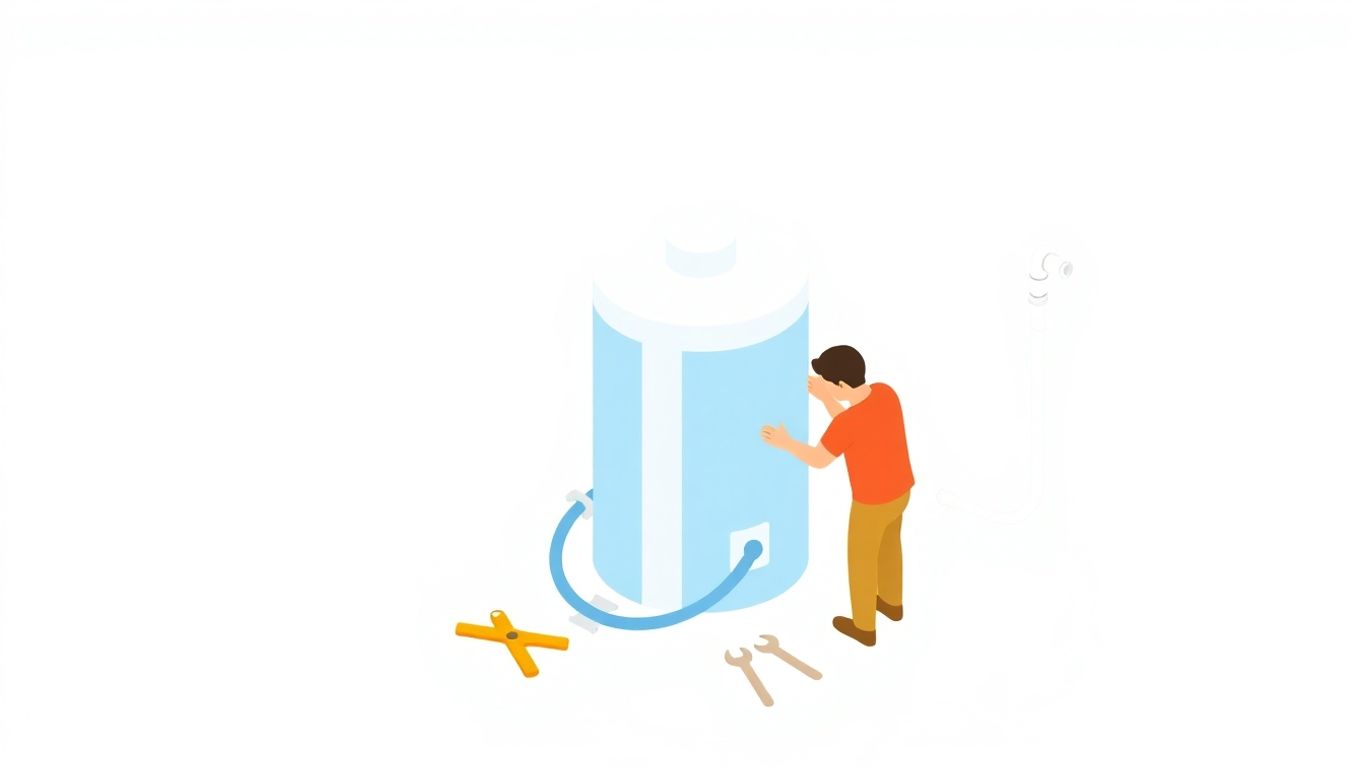
When installing a water heater, safety should be your top priority. Skipping safety steps can lead to serious accidents. Whether you’re dealing with gas or electric units, both come with their own dangers. Gas leaks can cause explosions, while electrical mishaps can lead to shocks or fires. Always double-check connections, and don’t skip using a gas leak detector or a voltage tester.
Permits might seem like a hassle, but they’re necessary. They ensure your installation meets local safety codes. Without a permit, you might face fines or issues with your home insurance. Plus, if you ever sell your home, unpermitted work can complicate the sale. Always check with your local authorities about what permits you need.
Making sure all connections are secure is crucial. Loose water or gas lines can lead to leaks, which are both wasteful and dangerous. For water lines, use pipe tape and ensure fittings are tight. For gas lines, a properly sealed connection is vital to prevent leaks. If you’re not confident in making these connections, it might be time to call in a pro.
It’s easy to underestimate the complexity of installing a water heater. But remember, small mistakes can have big consequences. Taking the time to do it right can save you a lot of trouble down the road.
When your water heater acts up, it can be a real headache. Recognizing the symptoms early can save you time and money. Here are some common issues you might face:
Before you call in the pros, there are a few things you can try yourself:
Regular maintenance is key to avoiding bigger problems. A little effort now can prevent a lot of hassle later.
Sometimes, it’s best to leave it to the experts. Call a professional if:
For more detailed steps on addressing these issues, understanding the importance of regular maintenance and inspections can be crucial. Remember, safety first!
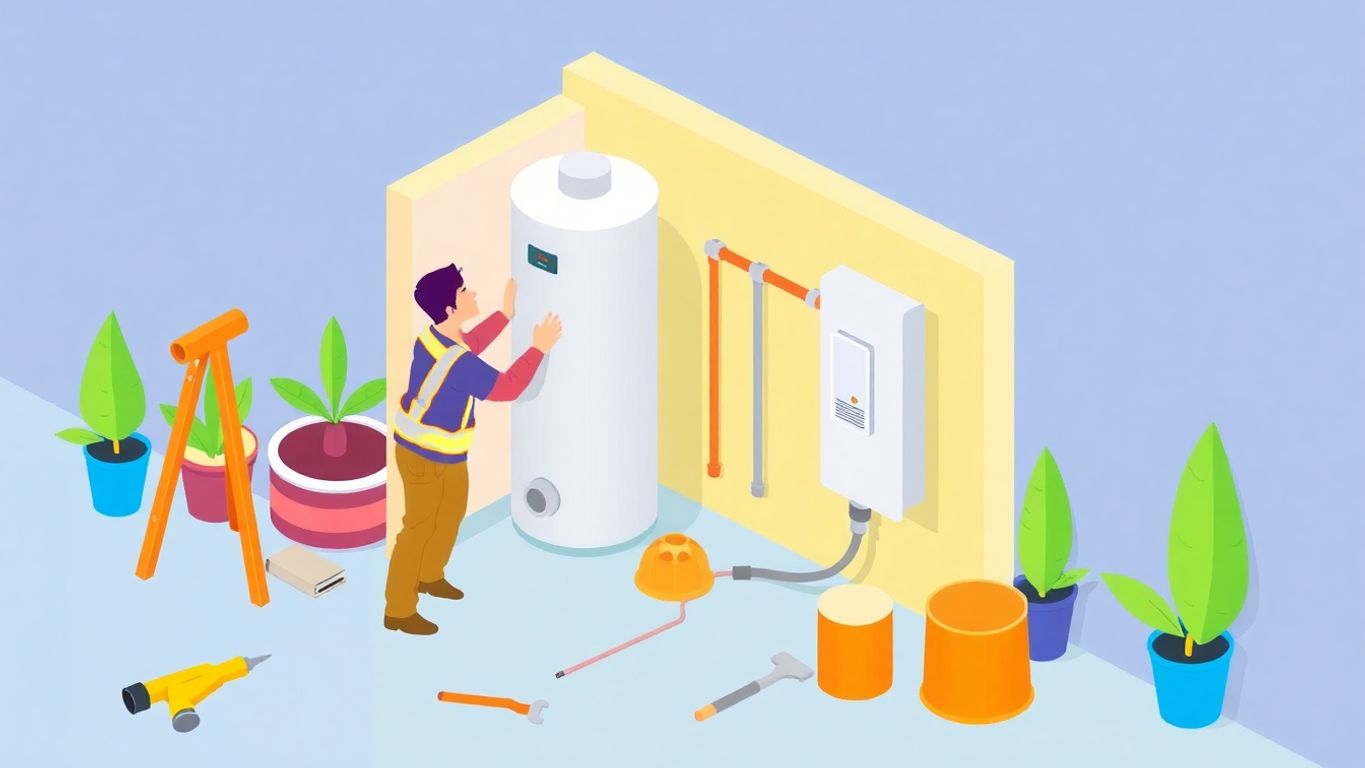
When installing a water heater, safety should be your top priority, especially if you’re dealing with gas or electricity. Gas connections must be handled with extreme care. A small mistake can lead to dangerous gas leaks or even explosions. Make sure you use a gas leak detector to check for any leaks after installation. For electric water heaters, ensure all wiring is correctly done. Improper wiring can cause electrical shocks or fires. Always turn off the power supply before starting any work.
Water leaks can cause significant damage to your home. To prevent this, make sure all water connections are tight and secure. Use thread seal tape on pipe joints to ensure a watertight seal. After installation, check for leaks by turning on the water supply and observing all connections. A drip pan under the water heater can catch any minor leaks and prevent water damage.
Proper ventilation is crucial for gas water heaters to prevent the build-up of harmful gases like carbon monoxide. Ensure that the venting system is correctly installed and free of obstructions. Regularly check the vent pipes for any signs of wear or damage. A carbon monoxide detector in the installation area can provide an extra layer of safety.
When you hire a professional plumber, you’re getting someone who knows water heaters inside and out. They’ve done this many times before and know the best way to get the job done right. This experience means fewer mistakes and a smoother installation process. You won’t have to worry about leaks or other issues popping up unexpectedly.
A professional plumber makes sure everything is up to code. They know the local laws and regulations that need to be followed during installation. This means they can help you avoid any legal troubles. They also handle any permits required, so you don’t have to stress about paperwork.
While hiring a plumber might seem expensive upfront, it can actually save you money in the long run. Proper installation means your water heater will work efficiently, which can lower your energy bills. Plus, if something goes wrong, a professionally installed heater is often covered by warranty, saving you from costly repairs.
Hiring a professional plumber not only ensures a safe and reliable installation but also provides peace of mind, knowing your water heater is in good hands.
When considering a new water heater, remember that upgrading an old water heater can enhance safety, reliability, and energy efficiency, ultimately saving money on bills. Hiring a qualified technician ensures proper installation and compliance with local codes.
Keeping your water heater in good shape isn’t just about installing it correctly. Regular maintenance is key to making sure it works well for years. Here are some simple tips:
Even with regular care, sometimes things go wrong. Here are signs that your water heater might need a fix:
Want your water heater to last as long as possible? Follow these tips:
Taking care of your water heater is like caring for a car. A little attention goes a long way in keeping everything running smoothly. With these tips, you’ll enjoy hot showers for years without a hitch.
Installing a water heater isn’t just about buying the unit. There are several costs to think about. Let’s break them down.
When you install a water heater yourself, you might save on labor costs. But, consider the tools you need. Do you have a pipe wrench or a gas leak detector? Buying or renting these can add up. Also, if you make a mistake, fixing it might cost more than hiring a pro in the first place. On the other hand, hiring a professional can be more expensive upfront, but it often includes a warranty and peace of mind.
Sometimes, unexpected costs pop up. You might need extra parts or find out your old water heater wasn’t up to code. These surprises can quickly increase your expenses. Additionally, if you skip getting a permit, you might face fines later. It’s always good to budget a little extra for these unforeseen issues.
Making a budget helps you avoid surprises. Start by listing all possible expenses:
Once you have a list, add a bit more for unexpected costs. This way, you’re prepared for anything that comes up.
Planning your budget carefully can save you from financial stress. It’s better to overestimate costs than to be caught off guard.
Upgrading an old water heater, especially one over 20 years old, offers numerous benefits including energy savings, smart technology, and reduced environmental impact. Modern options like tankless and solar-powered heaters are eco-friendly and can lower energy bills. Planning for replacement involves budgeting, selecting the right model, and considering professional installation. Frequent repairs and inconsistent hot water supply are signs that an upgrade is needed. Additionally, many local incentives exist for choosing energy-efficient models, making it a financially wise decision.
Yes, you can install a water heater yourself if you have the right tools and skills. However, it’s important to follow safety guidelines and local codes.
You’ll need basic tools like wrenches and screwdrivers, and possibly specialized tools like a pipe cutter and gas leak detector.
In many places, you need a permit to install a water heater. This ensures the installation meets safety standards.
Installation can take a few hours if you are experienced, but it might take longer if you’re new to it.
Common mistakes include improper connections, ignoring safety precautions, and skipping permits.
Call a professional if you’re unsure about the installation process or if you encounter any issues.
Regularly check for leaks, flush the tank to remove sediment, and inspect the anode rod.
Risks include leaks, electrical issues, and even explosions if gas lines are not handled properly.

